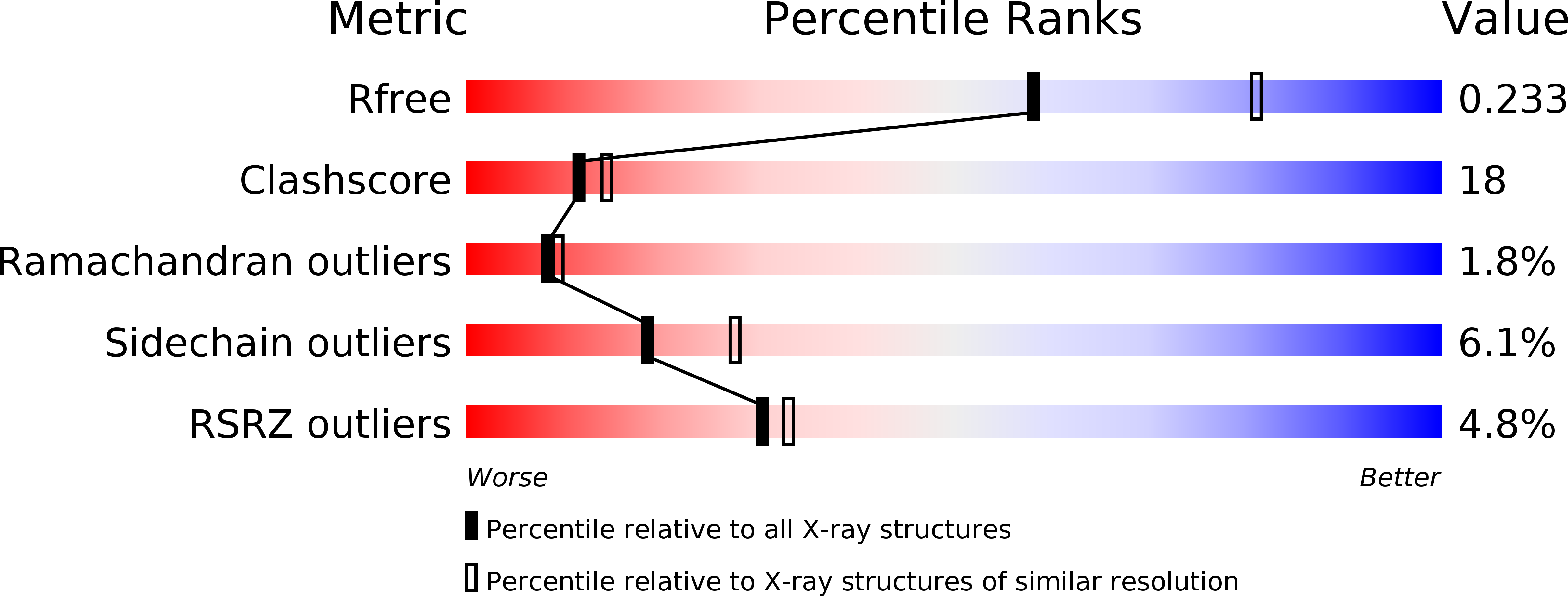
Deposition Date
2009-10-09
Release Date
2009-12-29
Last Version Date
2023-11-01
Entry Detail
PDB ID:
3A8T
Keywords:
Title:
Plant adenylate isopentenyltransferase in complex with ATP
Biological Source:
Source Organism:
Humulus lupulus (Taxon ID: 3486)
Host Organism:
Method Details:
Experimental Method:
Resolution:
2.37 Å
R-Value Free:
0.23
R-Value Work:
0.18
R-Value Observed:
0.18
Space Group:
P 21 21 21


